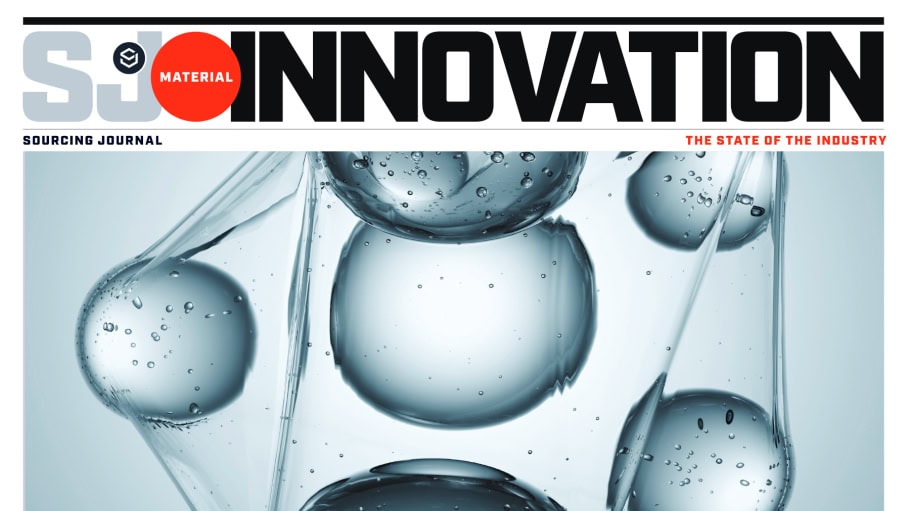Sourcing Journal’s Material Innovation Report 2025 Reveals the Need for Collaboration
In a world marked by overproduction, overconsumption, and harmful waste, the conversation around sustainable materials is an important one. On a recent podcast with Fairchild Studio director Lauren Parker, Sourcing Journal’s sustainability and innovation reporter Alex Harrell breaks down the publication’s Material Innovation Report 2025.
The report explores the evolution of textiles, circular fashion, and sustainability strategies, spotlighting next-gen materials that are moving from pilot to commercial scale. We have seen the influx of sustainable materials and practices in the luxury space recently, but this trend has yet to solidify itself. Still, momentum is building: according to Net Zero Insights, biomaterials startups raised $392 million in Q1 2025 alone. Harrell emphasizes the role of co-investment ecosystems in supporting these innovations.
A key player in this space is the Material Innovation Initiative (MII), a nonprofit supporting the economic viability of sustainable materials by providing crucial data to scientists, investors, and contributors. Their work is helping shift next-gen materials from niche green solutions to essential parts of the global supply chain.
The report calls for systemic change, especially in two key areas: textile-to-textile recycling and biobased/regenerative materials. The report spotlights innovations like Cycora, a regenerated polyester by Ambercycle, and Reishi, a luxury-grade mycelium leather alternative from MycoWorks.
Harrell notes that $1.5 billion in VC funding is expected to pour into the innovative materials space by the end of 2025 – an encouraging figure, even if it’s not a record high. Still, the main takeaway is this: brands must commit. It’s not enough to prototype or experiment. It is not enough for brands to play around with prototyping and testing different materials. Real change will arise when brands support the stabilization of this infrastructure through partnership. Harrell suggests, “if you want to use the word innovation in your marketing, you should probably help build the infrastructure to make it real.”
The report also critiques a rising trend Harrell discusses called “innovation tourism.” An issue that occurs when brands express interest, request samples, and make custom asks, only to abandon projects without follow-through, leaving startups overextended and underfunded.
Ultimately, both the report and Harrell stress that meaningful change requires commitment. Inventors can’t do it alone—brands must stray away from tourism by settling in and learning the language.
